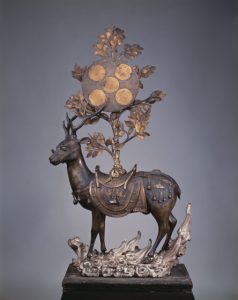Each of the three volumes comprising The Life of Animals plays off the format of the field guide to examine different aspects of human/animal interaction. Trevor Gould, in Montreal Zoo, resurrects the civic plan to build a complex of zoological habitats across the metropolitan landscape, transforming community greenspace into wildlife habitats. While the city’s dream remains unrealized, Gould’s text and watercolours of flora and fauna from around the world locates the plan’s idealism in the less than innocent realities of colonialism and touristic capitalism. Bill Burns’ How to Help Animals Escape from Degraded Habitats, while ostensibly configured as a survival handbook for endangered species, slyly questions the motives of would-be caregivers as much as it castigates the actions of ecosystem destroyers. The third volume, Mark Vatnsdal’s Animal Handbook, literalizes the theme of “handling” as a form of interspecies contact. A series of images outline a pictography of iconic gestures – hands that hold, present, carry, feed, clamp and care for a number of different animals – with highly ambiguous overtones: Are the hands safeguarding the animals or serving them up for consumption? Are they protecting or imperiling the creatures?

The message of this bookwork collaboration is thus triply articulated: human intentions in regard to animals are deeply conflicted. Even in acts of apparent kindness, defense or altruism lurk the shadows of hubris, self-aggrandizement and the will to power. It is not only, as the saying goes, that animals mirror human interests; animals are continually subject to, and the unwilling product of, humanity’s presumption that it is external and superior to the natural world.